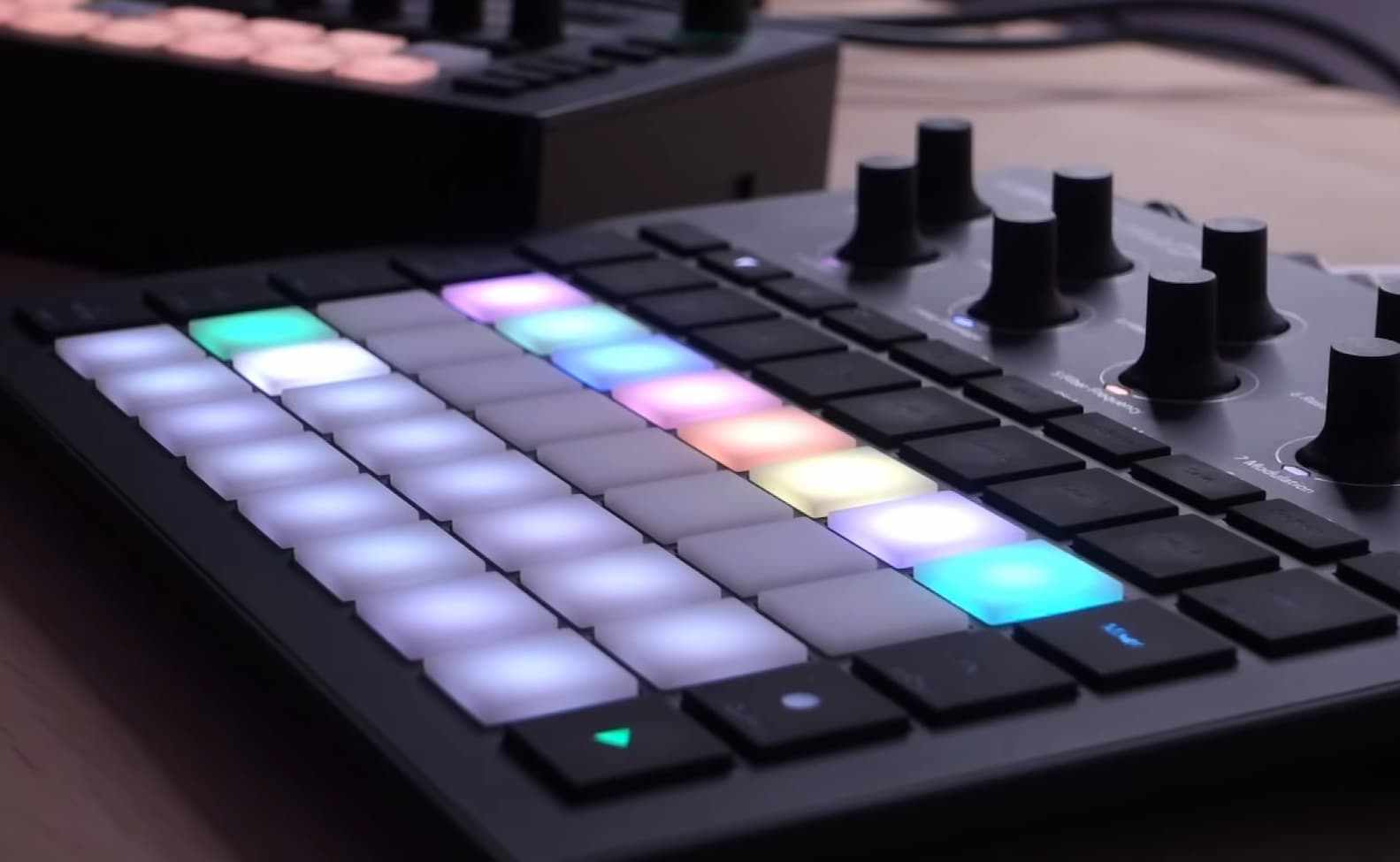Do you love listening to music? If so, you’re not alone. Millions of people around the world enjoy listening to their favorite songs. Did you know that music can be created with electronic devices?
Electronic devices that are used to create music include synthesizers, drum machines, and samplers. Synthesizers are electronic instruments that can generate a wide variety of sounds. They are often used to create the lead melody in a song. Drum machines are electronic devices that generate rhythms and beats. Samplers are electronic devices that can record and playback sounds.
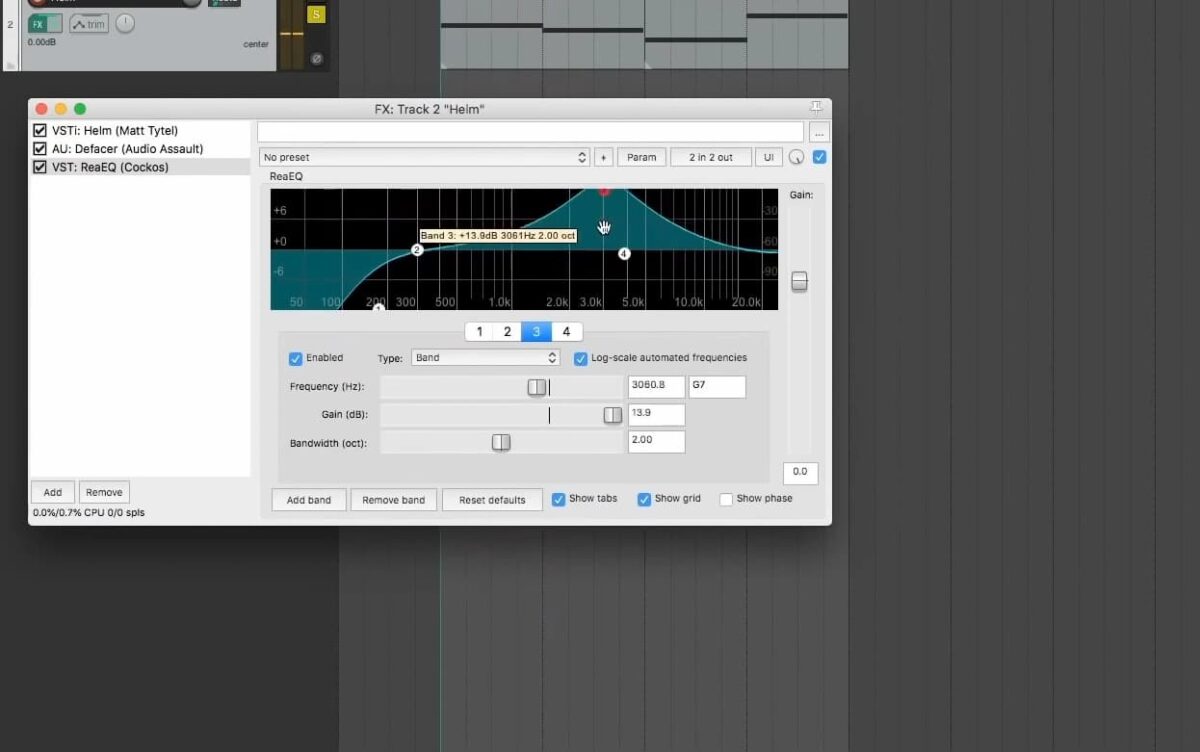
There are many benefits of using electronic devices to create music:
- One benefit is that you can create any sound that you want. If you can imagine it, you can probably create it with an electronic device;
- Another benefit is that these devices often come with built-in effects that can add more depth and dimension to your music;
- Finally, using electronic devices to create music can help you develop your musical skills. By experimenting with different sounds and effects, you can learn a lot about music composition and arrangement;
In this blog post, we will discuss some of the most common electronic devices that are used to create music. We will also talk about the benefits of using these devices and how they can help you improve your musical skills!
Popular Electronic Devices to Create Music
Audio Interfaces
An audio interface is a device used to convert analog audio signals into digital audio signals. Audio interfaces are used in a variety of settings, including recording studios, live sound venues, and home studios.
Audio interfaces typically have inputs and outputs for microphones, instruments, and line-level sources. Some also have MIDI inputs and outputs for controlling virtual instruments and other devices.
Most audio interfaces connect to a computer via USB or Thunderbolt, although some models use Firewire or Ethernet.
Audio interfaces can be standalone units or they can be built into mixing consoles or other larger pieces of equipment.
Popular audio interface brands include Focusrite, Universal Audio, Presonus, Steinberg, and Zoom.
MIDI controllers
These electronic devices are used to create and manipulate sounds. They can be used to play notes, trigger samples, and control effects. MIDI (Musical Instrument Digital Interface) controllers come in a variety of shapes and sizes, from simple ones that look like keyboards to more complex ones that have multiple pads and faders.
MIDI controllers are an essential piece of equipment for any electronic musician. If you’re just starting, you may want to consider getting a primary keyboard controller. As you become more experienced, you can add more specialized controllers to your setup.
Popular MIDI controller brands include Akai, Korg, Native Instruments, and Novation.
Equalizers
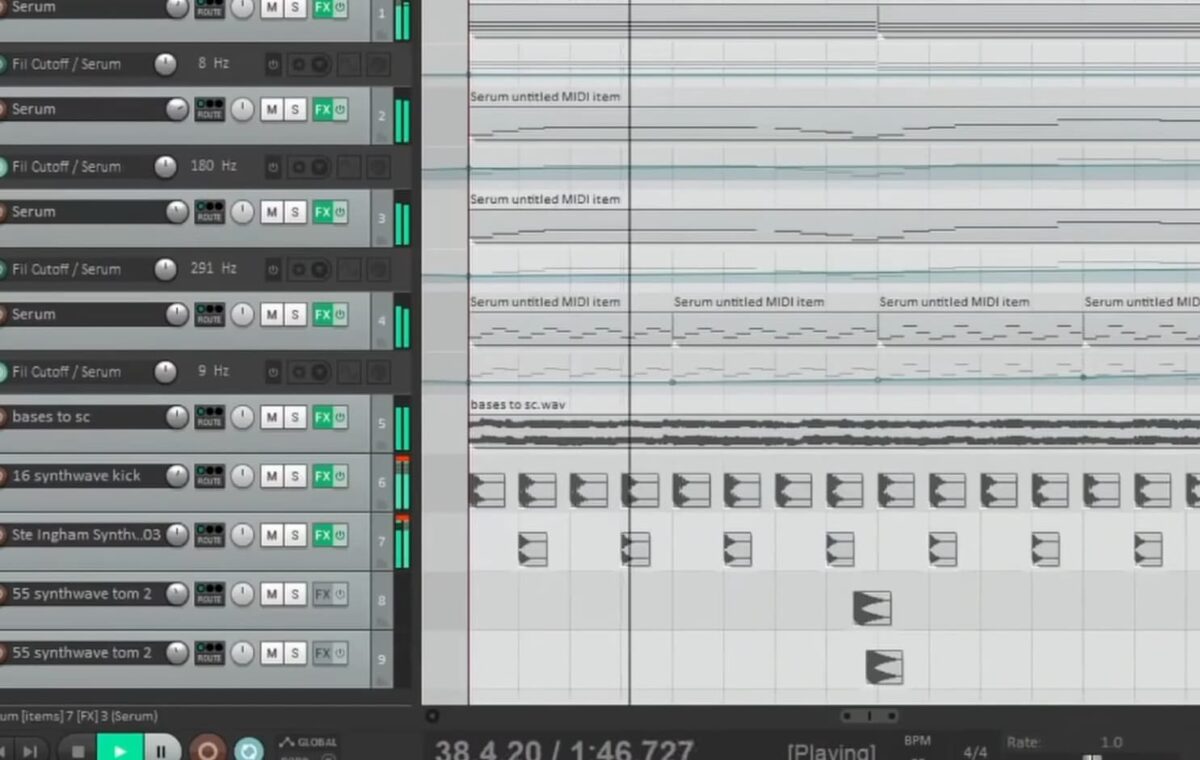
Equalizers are used to adjust the level of specific frequencies in an audio signal. They can be used to boost or cut certain frequencies, which can help you achieve the desired sound (e.g., making a guitar sound brighter or a kick drum sound more powerful).
Equalizers come in a variety of types, including graphic equalizers, parametric equalizers, and shelf equalizers.
Graphic equalizers have fixed frequency bands that you can boost or cut using knobs or faders. Parametric equalizers give you more control over the exact frequencies you want to adjust. Shelf equalizers let you boost or cut all frequencies above or below a certain point (i.e., high-pass and low-pass filters).
Popular equalizer brands include Behringer, DBX, Yamaha, and Mackie.
Compressors/Limiters
Compressors and limiters are used to control the dynamics of an audio signal. They can be used to reduce the level of loud peaks (e.g., a drum hit), or to increase the overall level of a signal (e.g., vocals).
Compressors typically have controls for threshold, ratio, attack, release, and makeup gain. Limiters are similar to compressors but they have a higher ratio and they prevent the signal from going above a certain threshold (i.e., they act as a brick-wall filter).
Popular compressor/limiter brands include DBX, Drawmer, Focusrite, and Waves.
Synthesizers
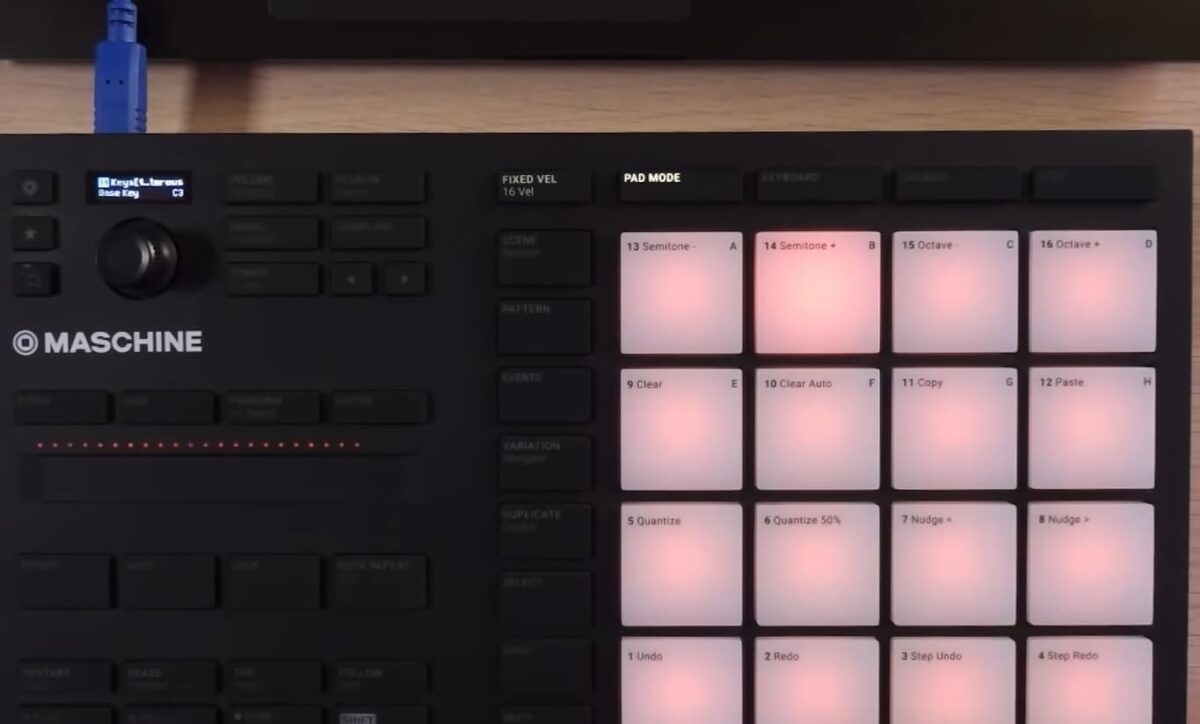
Synthesizers are electronic devices that are used to generate sounds. They can imitate existing sounds (e.g., a piano) or create new and unique sounds (e.g., an electric guitar). Synthesizers are used to generate sounds by generating waveforms in a variety of ways, including subtractive synthesis, additive synthesis, and frequency modulation synthesis.
Synthesizers come in a variety of types:
- Analog synthesizers use voltage-controlled oscillators to generate sound;
- Digital synthesizers use digital signal processing to generate sound;
- Virtual analog synthesizers use algorithms to emulate the sound of analog synthesizers;
Popular synthesizer brands include Korg, Roland, Yamaha, and Moog.
Effects Units, Reverb, Delay, and Looping Devices
These devices can be used to process and manipulate the sound of an electronic instrument or voice. They can also be used to create special effects, such as echo or delay. Some effects units can be used to create loops, which allow a musician to repeat a section of music over and over again.
Reverb is an effect that simulates the sound of an acoustic space, such as a room or concert hall.
Delay is an effect that repeats a sound after a short period.
Looping is a technique that allows a musician to repeat a section of music indefinitely.
Effects units are available in both hardware (physical) and software (virtual) form factors. Hardware effects units are usually rack-mounted, while software effects units can be used with a laptop or desktop computer.
Electronic musical instruments can be played alone or in combination with other instruments. They can also be played through a loudspeaker system or headphones. When multiple electronic instruments are played together, this is known as an ensemble performance.
If you’re interested in creating music with electronic devices, there are a few things that you need to know:
- First, you’ll need to choose the right device for your needs. There are many different types of electronic devices on the market, so it’s important to do your research before making a purchase;
- Second, you’ll need to learn how to use the device. This may require reading the manual or watching tutorials online;
- Finally, once you’ve mastered the basics, you can start experimenting with different sounds and effects! Who knows, maybe one day you’ll be able to create a hit song using nothing but electronic devices;
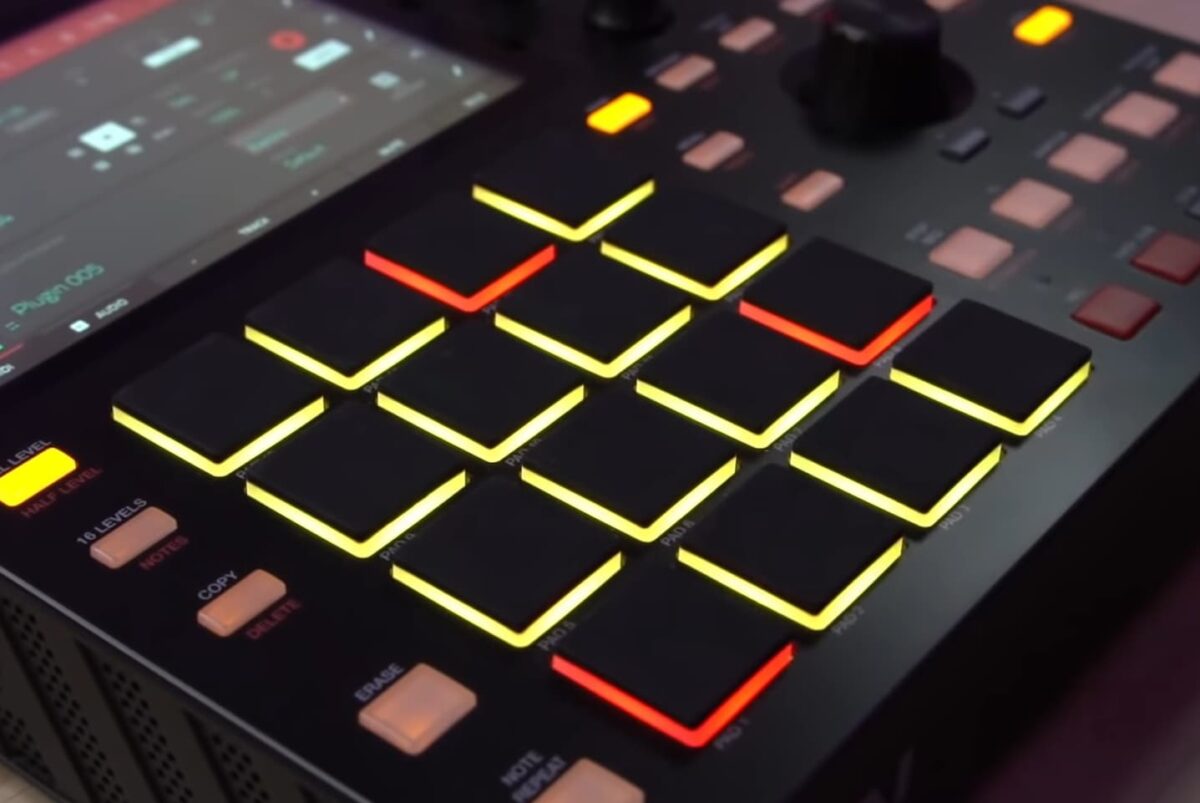
FAQ
How can I make my electronic music?
The answer to this question is not as simple as it may seem. There are a variety of electronic devices that can be used to create music, and the type of device you use will depend on the type of music you want to create.
For example, if you want to create dance music, you might use a drum machine or a synthesizer. If you want to create ambient or atmospheric music, you might use a sampler or an effects processor. And if you want to create rock or pop music, you might use an electric guitar or bass.
Of course, these are just some examples of the many different types of electronic devices that can be used to create music. The best way to figure out which device is right for you is to experiment with different devices and see what kinds of sounds you can create. There are no wrong answers when it comes to making electronic music, so don’t be afraid to experiment!
One important thing to keep in mind when creating electronic music is that the quality of your sound will largely depend on the quality of your equipment. If you’re using low-quality equipment, your music will likely sound low-quality as well.
Conversely, if you use high-quality equipment, your music will likely sound high-quality as well. Of course, this isn’t always the case – there are some very talented producers who can make great-sounding music even with low-quality equipment – but it’s something to keep in mind nonetheless.
What do most EDM producers use?
In the 21st century, electronic dance music has exploded in popularity. Anyone with a functional home computer and access to digital audio workstation (DAW) software may produce EDM music. So, what electronic devices do most EDM producers use to create their music?
Most EDM producers use some form of audio interface to connect their computer to external speakers or headphones. This allows them to hear the music they are creating as they are making it, and also gives them the ability to record their creations.
In addition to an audio interface, most EDM producers also use a MIDI controller. A MIDI controller is an electronic device that produces sound when connected to a computer. MIDI controllers come in many different shapes and sizes, but they all serve the same purpose: to allow the user to create music by controlling the sound that is produced by the computer.
Finally, many EDM producers also use external synthesizers to create their music. A synthesizer is an electronic device that produces sound by generating electrical signals.
Synthesizers come in many different forms, from small desktop units to large modular units. They can be used to create a wide variety of sounds, from traditional instruments to completely new and unique sounds.
How do I start an EDM song?
If you’re new to creating electronic dance music, it can be helpful to start with a pre-made song template. You can find these online, or in some software programs. Once you have a basic understanding of how the song is put together, you can start experimenting with your sounds and beats.
Another way to get started is to use an online beat maker. These are usually very user-friendly and allow you to create simple songs without much experience.
Once you have a basic idea of how to create an EDM song, you can start experimenting with more complex sounds and rhythms. There are many great resources available online that can help you learn more about making electronic music.
Which is the best DAW (digital audio workstations) for beginners?
This is a difficult question to answer, as there are many different types of DAWs available on the market, and each has its own set of features and capabilities. Some DAWs are better suited for specific genres of music, while others may be more versatile.
Ultimately, the best DAW for a beginner is the one that they feel most comfortable using. Many manufacturers offer free trial versions of their software, so it’s worth trying out a few different options before settling on one.
Another important factor to consider when choosing a DAW is the type of computer you’re using. Some DAWs are only compatible with certain types of computers, so it’s important to make sure that your chosen software will work with your system. Macs and PCs typically have different types of audio interface ports, so you’ll need to ensure that your chosen DAW has the correct drivers for your computer.
Once you’ve decided on a DAW, it’s time to start thinking about the other hardware and software you’ll need to create music. Audio interfaces are an important piece of equipment for any musician, as they allow you to connect your instruments and microphones to your computer. If you’re planning on recording vocals or acoustic instruments, then you’ll also need a good-quality microphone. These days, there are many affordable options available, so it’s worth doing some research to find the best one for your needs.
Finally, don’t forget about the importance of having a good set of speakers. Your monitors will be your main way of hearing the music you’re creating, so it’s important to choose a pair that reproduces sound accurately. Active monitors are a good option for most people, as they don’t require an external amplifier.
